I was born in Perth, Australia, and I’ve been fortunate to work and live in some of the world’s top gastronomic destinations. I began my career in Sydney and later moved to Copenhagen, the Basque Country and London, where we launched the first Burnt Ends pop-up. But Singapore, where I now live and have my restaurant, is awesome.
Here, the dining scene is supported by Singaporeans, tourists and residents who treat eating as a sport, rather than a necessity. The city has a wonderful varied food scene, a melting pot of cuisine and culture which offers diners more options than one could imagine. Whether you want to treat yourself to one of the many Michelin-starred restaurants, or enjoy something low key at a hawker centre or a night market, Singapore has excellence and deliciousness on offer 24 hours a day.
Odette
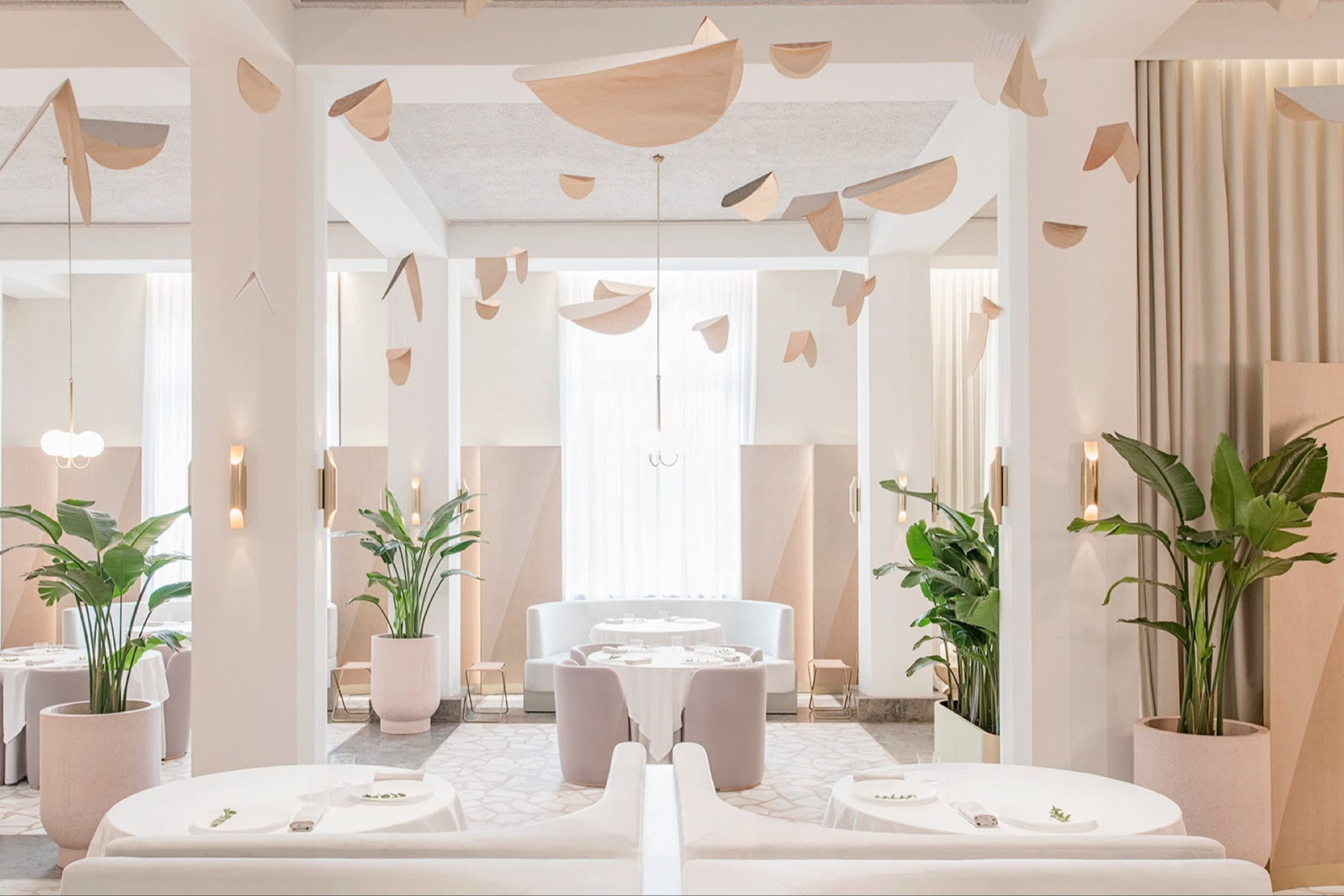
The three-Michelin-star Odette is in Singapore’s National Gallery, a beautiful museum with the world’s largest public collection of modern Southeast Asian art. I visit Odette for special occasions such as birthdays or year-end celebrations with friends, or whenever a special guest or chef friend visits. It truly offers a unique experience in Singapore and is well worth the splurge. Chef Julien Royer combines French and Japanese influences in his cooking, and everything that comes out of the kitchen stands out. It’s tasting menu only, though it is a manageable five to seven courses. The dishes are based on seasonality, celebrating the best of what is available at that time of year. odetterestaurant.com
Meta
Korean food has always been popular in Singapore and is often served in casual settings, usually BBQ. However, in recent years, a group of chefs has been elevating Korean cuisine to a new level, including chef Sun Kim, of the two-Michelin-star Meta.
The seasonal menu (it changes every three months or so) showcases Korean flavours combined with delicate French-Korean techniques. Sun Kim is a real talent who sources much of his produce from Korea. Last time I went, the Hokkaido scallop dish, with its ginger-shoyu dressing, was a highlight. There’s also excellent service, a good drinks list and a warm and welcoming atmosphere, with wooden floors and walls. If you’re looking for some privacy, I’d recommend one of the tables in the corner, but I like to sit at the counter and see some of the dishes being plated by chefs. metarestaurant.sg
Imperial Treasure Super Peking Duck
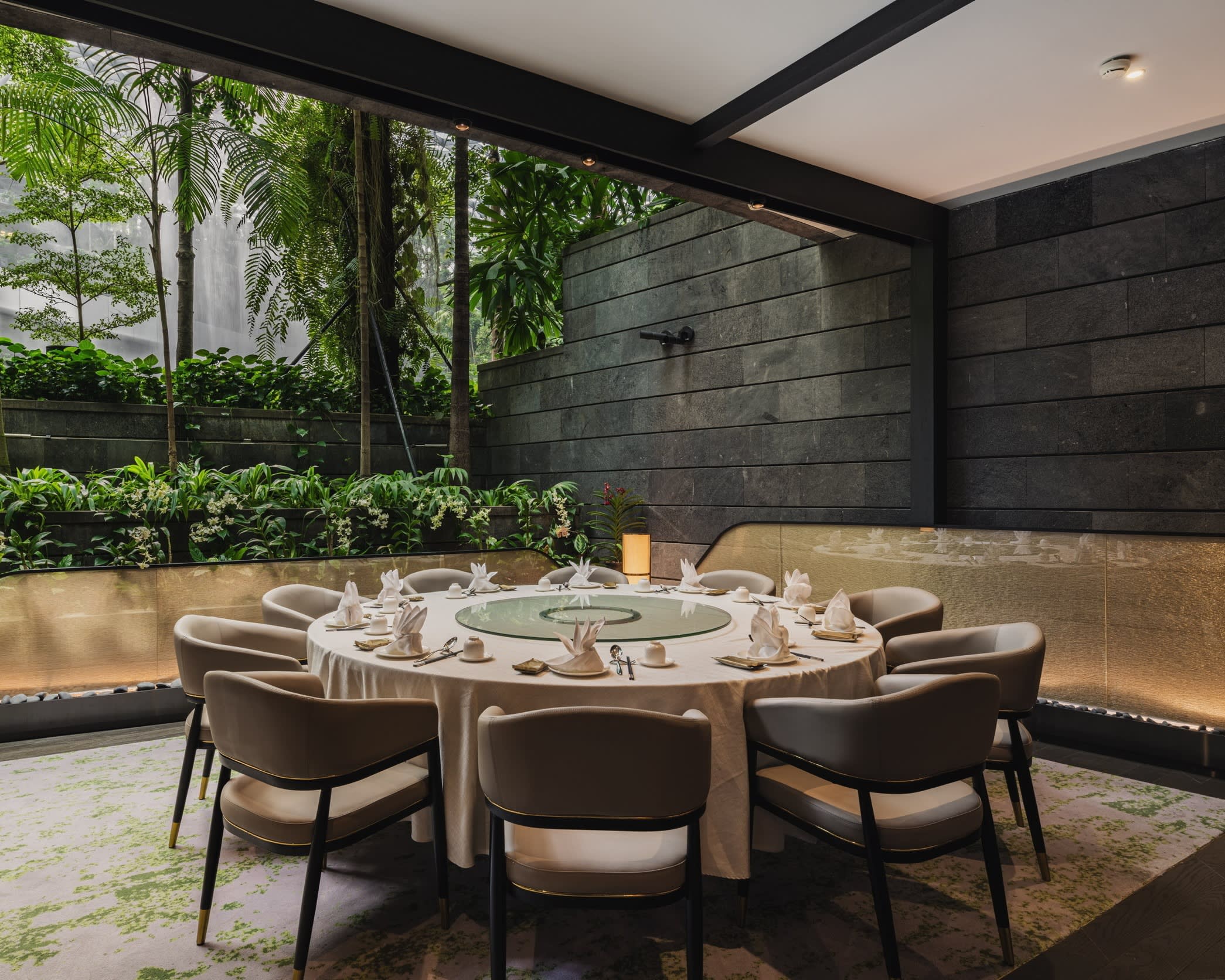
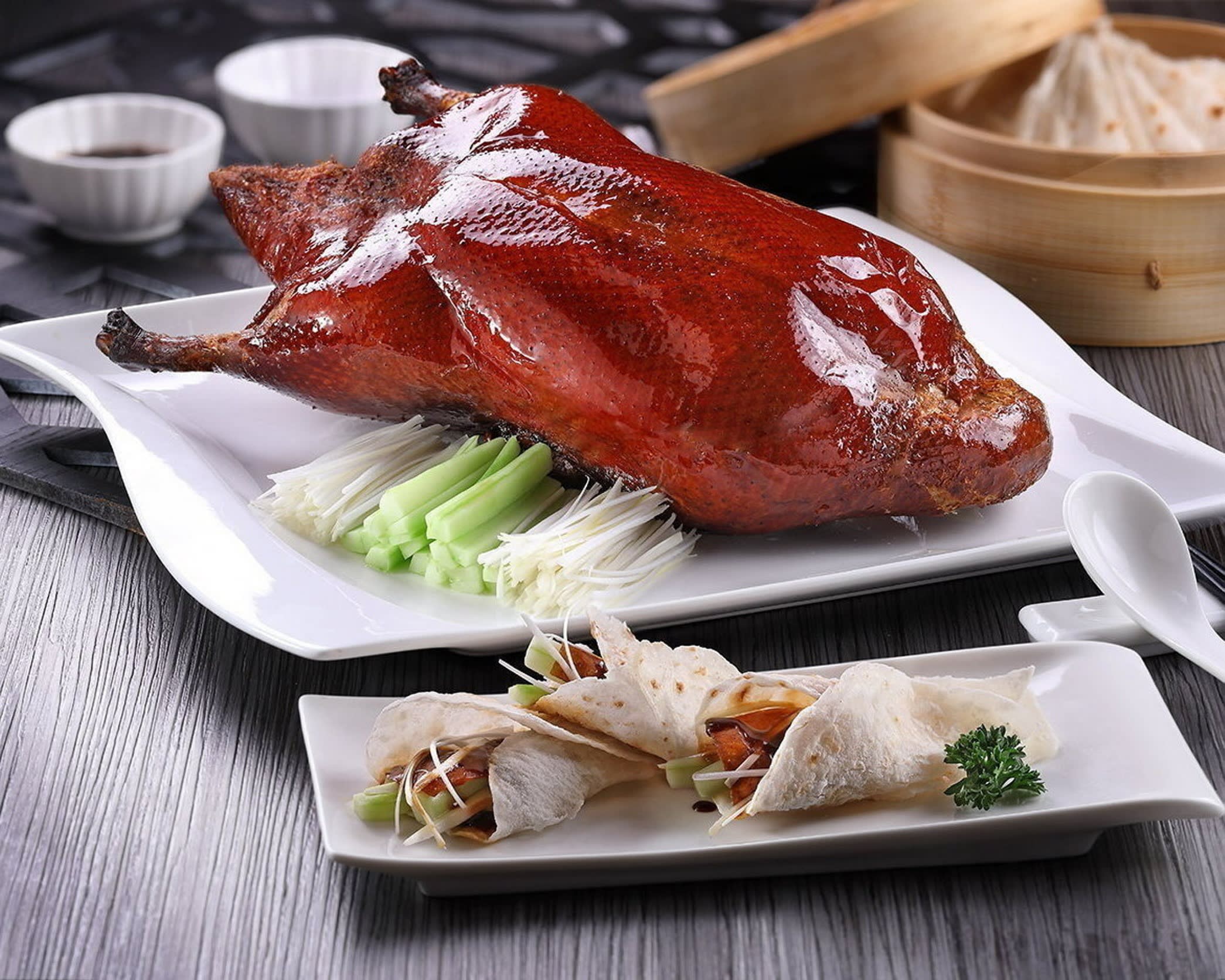
In Singapore, various places specialise in specific Chinese specialities, such as noodles or wontons, and the variety is so extensive that you can easily select different locations for each dish. Imperial Treasure, located on Level 5 of the Paragon Shopping Centre, serves some of the best Peking duck in Singapore. Since it’s quite popular, I recommend booking in advance and pre-ordering the duck. The second service of duck (the remaining meat from the duck is taken back to the kitchen and prepared as a separate dish) is also delicious, as are the san choy bao (lettuce wraps) and suckling pig. For the latter, the second serve of salt and pepper pork bones is my go-to move; the pork bones are stir-fried with salt and pepper and a touch of chilli, and offer a deep, savoury taste. You must get stuck in with your hands. imperialtreature.com
Sushi Ashino
This is a sushi omakase restaurant that specialises in jukusei, the art of dry-ageing seafood, which enhances the flavour of the fish. Instead of a traditional omakase experience with tuna, salmon, caviar and uni, Ashino offers unique products and unusual fish (parrot fish or surf clam, for example) prepared in various interesting and flavourful ways. There are different menu options: Short Course, Standard Course, Sushi Omakase or the full Omakase, ranging from least to most dishes, which might include poached oysters, cod milt and monkfish liver, making for an unconventional and delicious meal.
There is counter seating available, as well as a private room, but I recommend sitting at the counter so that chef Taku Ashino can take care of you. You can also see his old-school Japanese fridge that uses ice blocks instead of electricity. sushiashino.com
Kotuwa
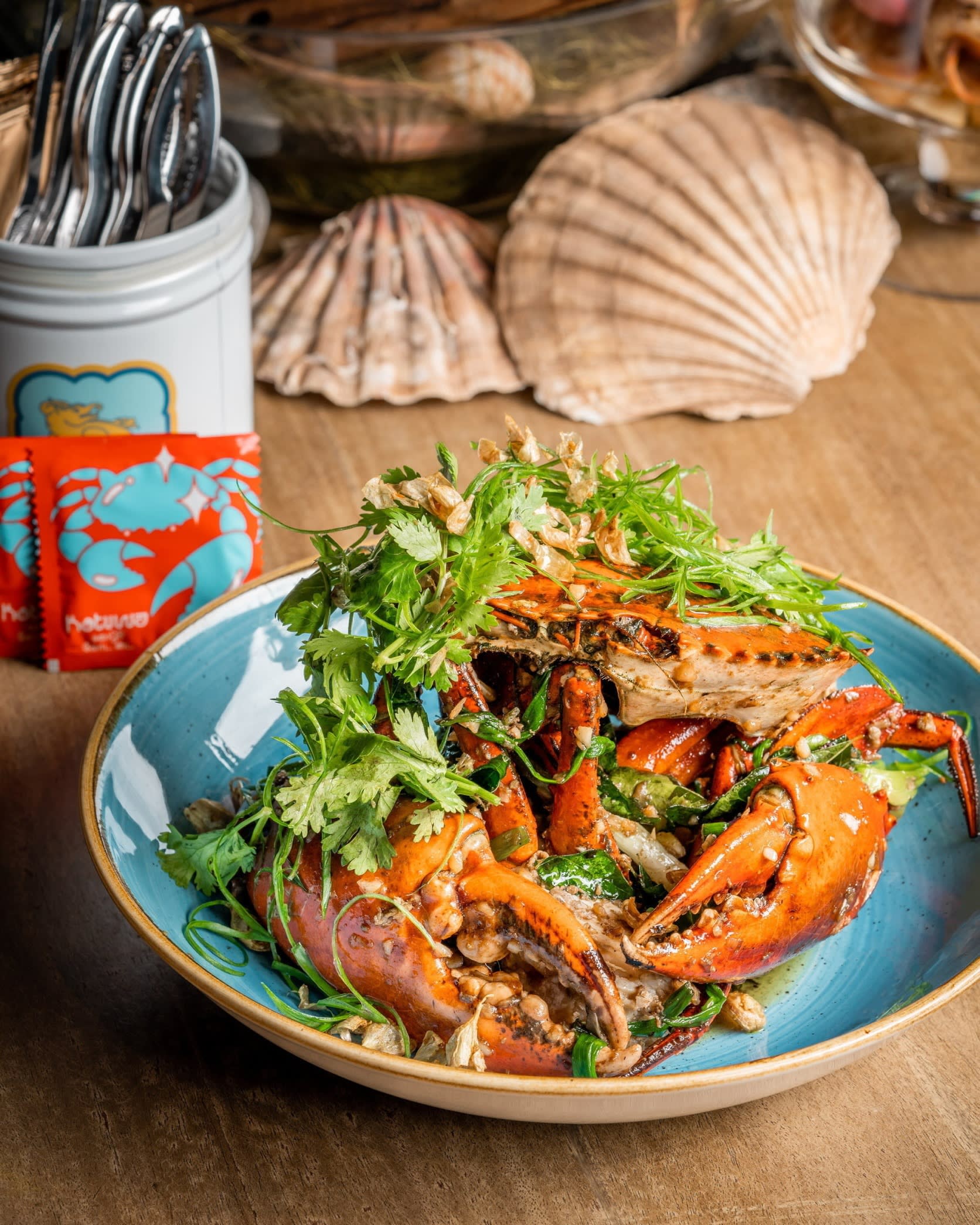
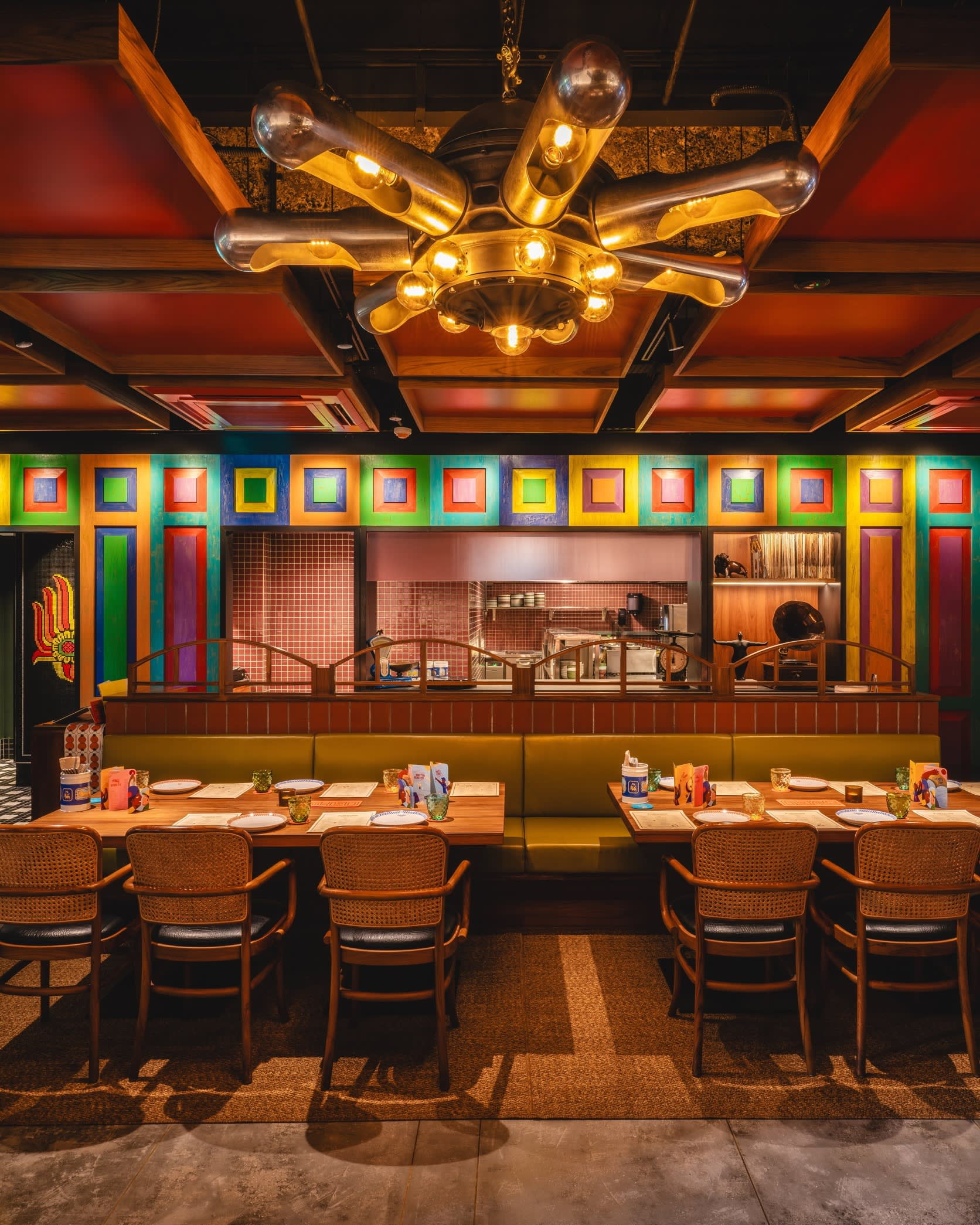
Kotuwa, a Sri Lankan restaurant and takeaway, is run by chef Rishi Naleendra of the two-Michelin-starred Cloudstreet. The dining experience here is family-style, with delicious, generous portions cooked exceptionally well. It’s fun, lively and affordable. There aren’t that many good Sri Lankan restaurants in Singapore, and Kotuwa really nails it. I usually visit on Sunday nights and order hoppers, the thin pancakes that are a staple of Sri Lankan cuisine. There is also plenty of excellent Sri Lankan seafood dishes on the menu, as well as an excellent Jaffna-style duck curry and Amba curry (tangy green mangoes with coconut milk). kotuwa.com.sg
Sin Hoi Sai (Tiong Bahru)
This restaurant, which has been serving live seafood for decades, is a favourite among Singaporean locals and chefs alike. Our go-to dishes are the chilli crab and black pepper crab, which are cooked wonderfully and are always fresh.
Sin Hoi Sai is also open very late, usually until 3 or 4 in the morning. Late-night dining is popular in Singapore, as many restaurants and hawkers stay open for people on a night out or on shift work. I often go with my team or visiting friends, always in a large group. There’s a spacious indoor area with air conditioning, though I prefer to sit outside under the stars, drink Tiger beer, and enjoy the excellent crab with Mantou (steamed) buns, and a selection of side dishes. sinhoisaiseafoodrestaurant.com
Stalls 7 & 8 at Lau Pa Sat
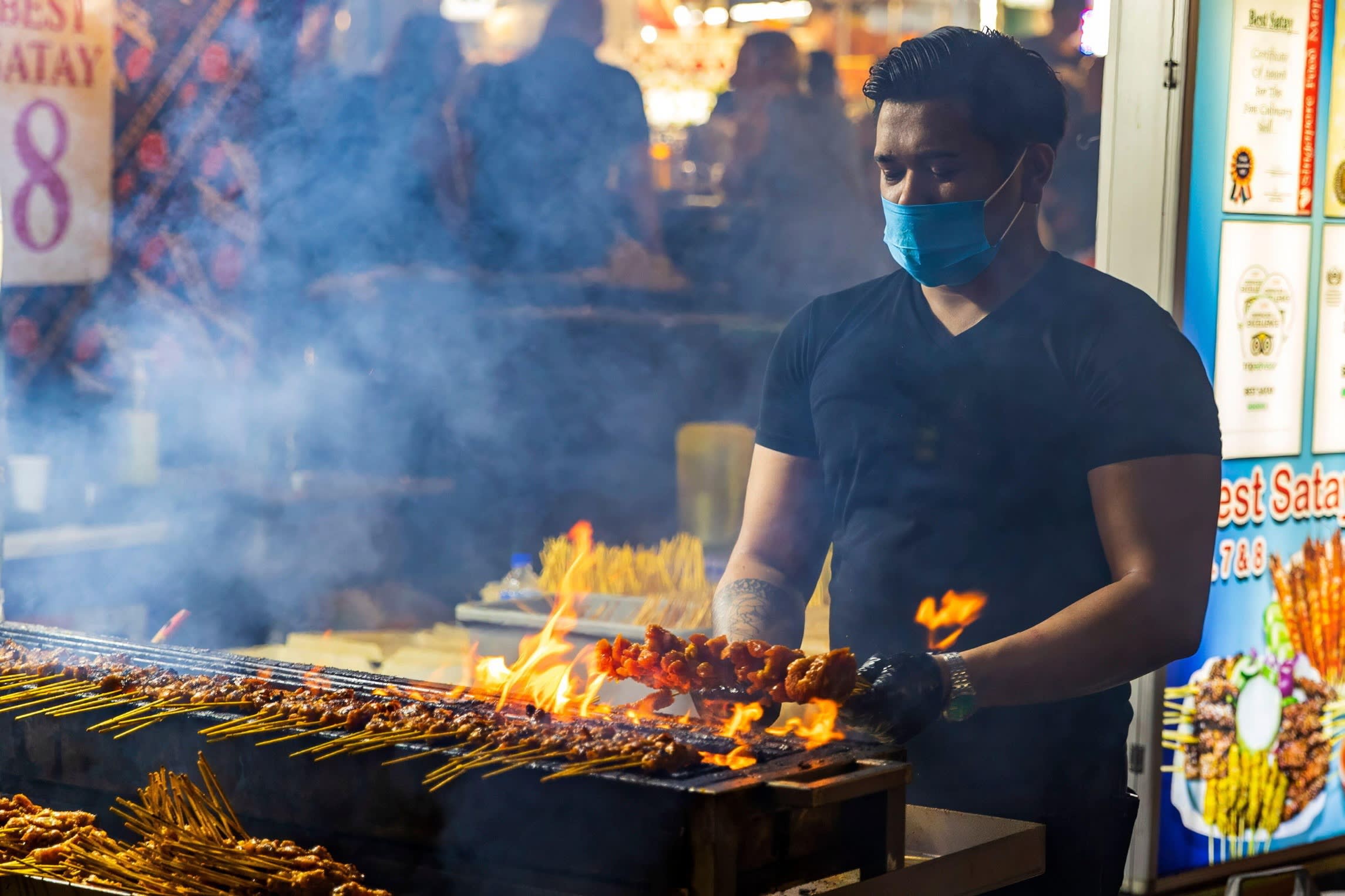
Lau Pa Sat is an legendary hawker market known for its old Victorian structure made of cast iron. There’s a famous Satay Street, lined with satay stalls, and after trying them all, I’ve determined that seven and eight are the best. They both offer satay in a variety of meats, including chicken, mutton, and prawn, all marinated and grilled over a charcoal fire.
Order a mix of dishes for the table to share, while enjoying the smell of satay grilling, a cold beer and watching the world go by. The market comes alive at night, buzzing with people shouting and placing orders at the different stalls. Stalls 7 and 8 can be quite popular, so be prepared to queue for about 20 to 30 minutes, but it’s absolutely worth the wait. laupasat.sg
Dave Pynt is the chef-owner of Burnt Ends, a one-Michelin-star restaurant in Singapore, and the author of Burnt Ends
Tell us about your favourite eateries in Singapore in the comments below. And follow FT Globetrotter on Instagram at @FTGlobetrotter to find out about our latest stories first
Cities with the FT
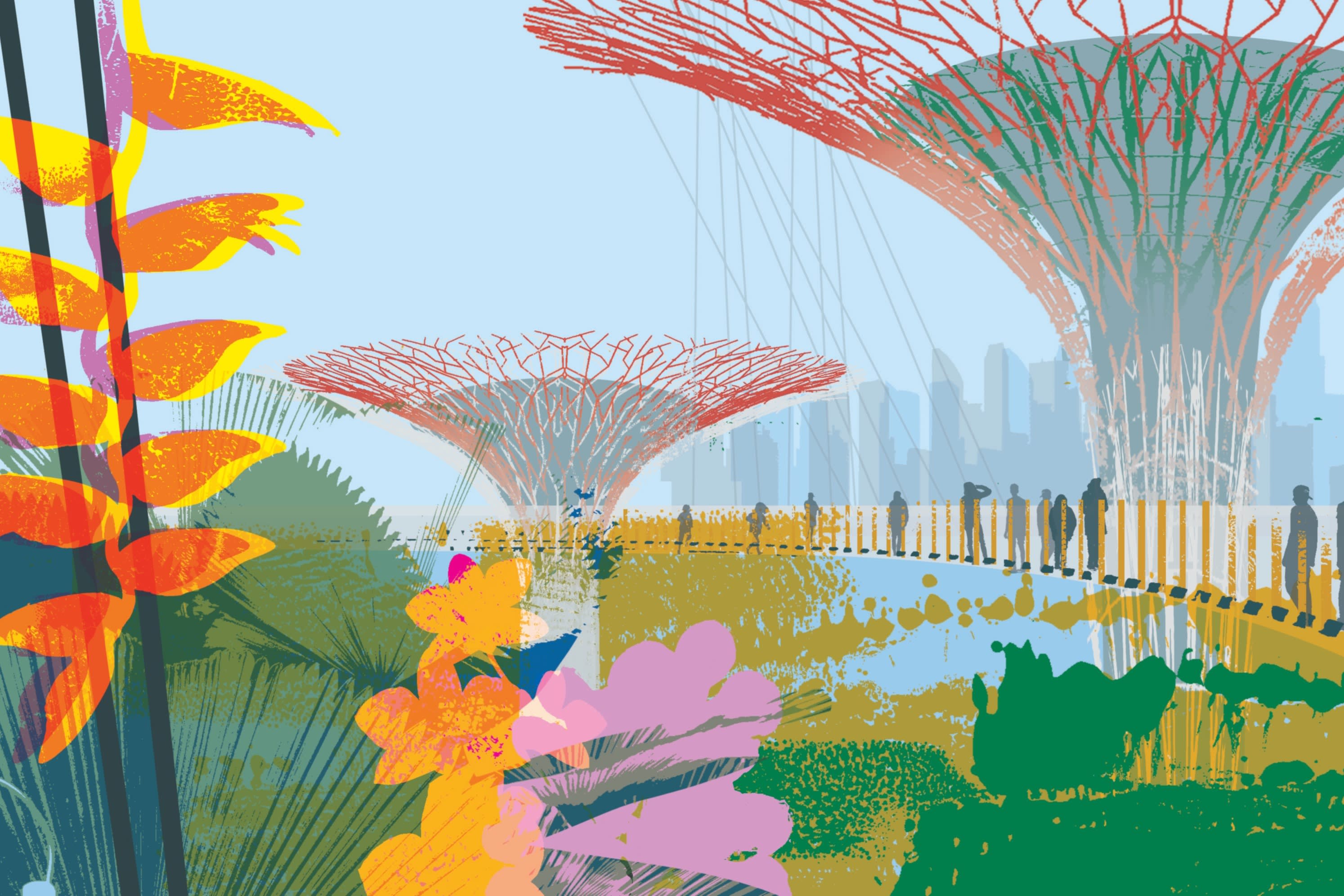
FT Globetrotter, our insider guides to some of the world’s greatest cities, offers expert advice on eating and drinking, exercise, art and culture — and much more
Find us in Singapore, Los Angeles, London, Tokyo, New York, Paris, Lagos, Rome, Frankfurt, Hong Kong, Miami, Toronto, Madrid, Melbourne, Copenhagen, Zürich, Milan, Vancouver, Edinburgh and Venice
